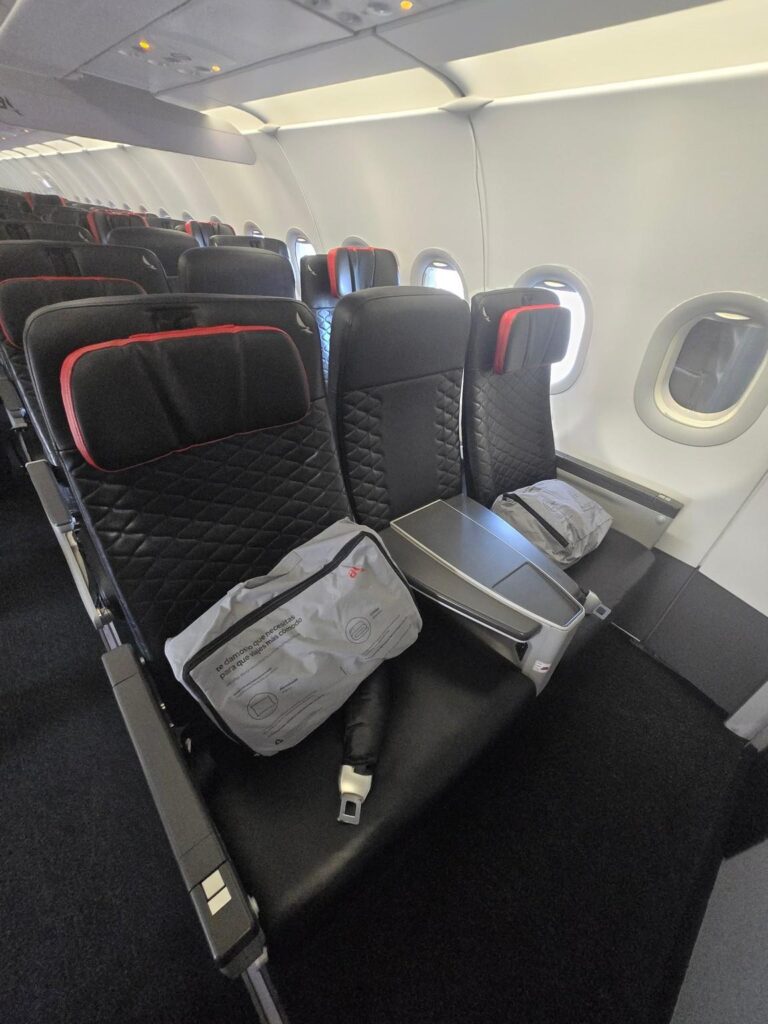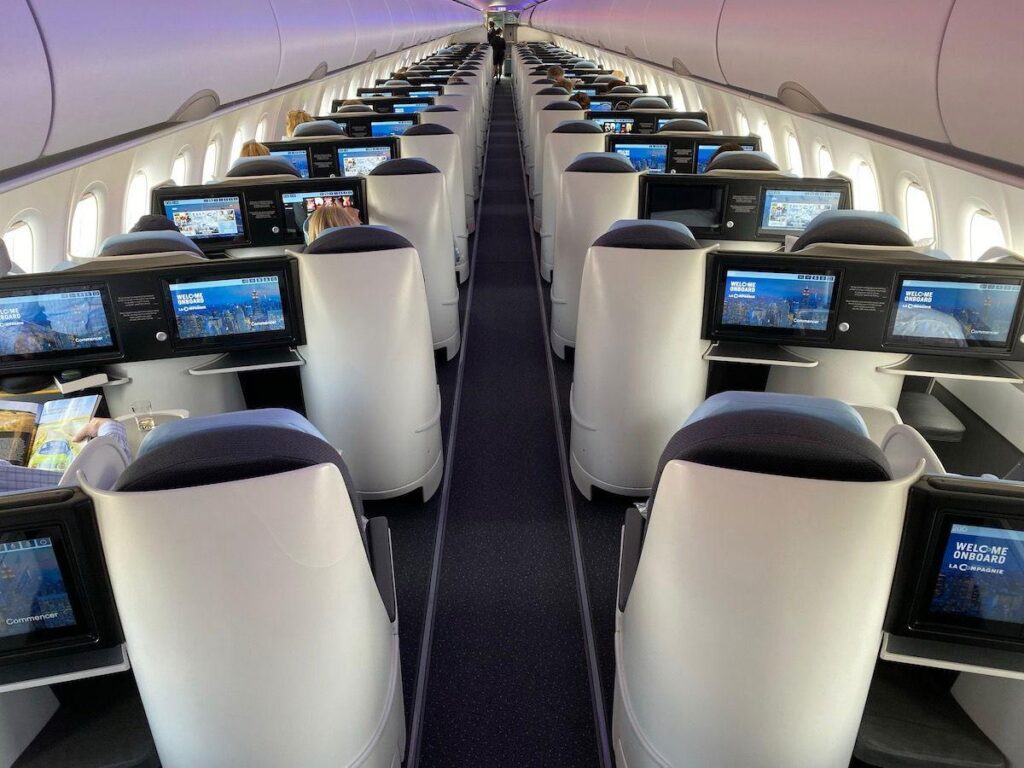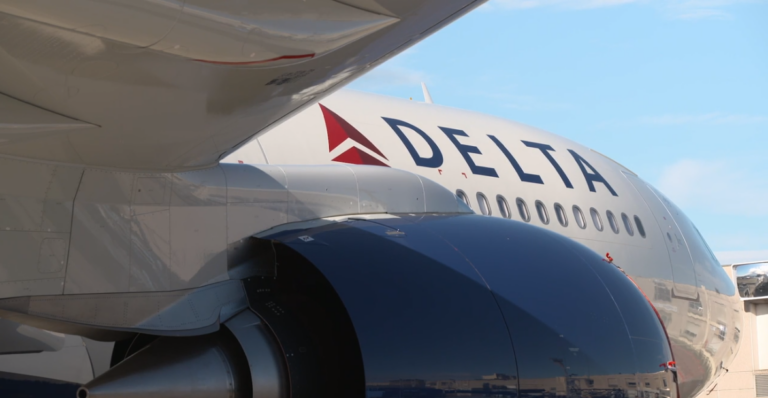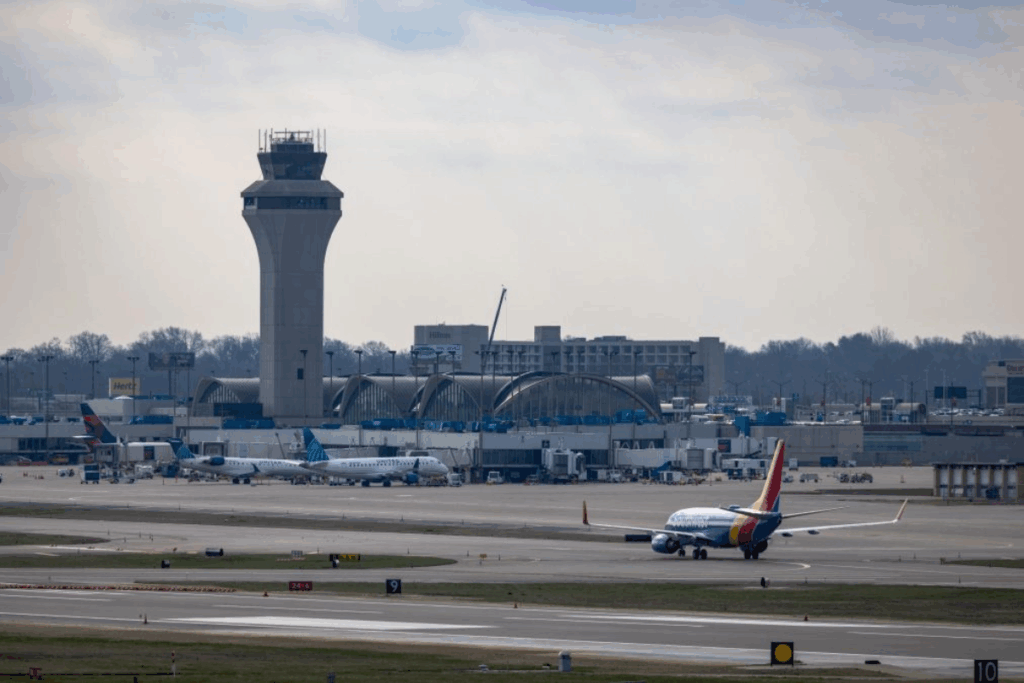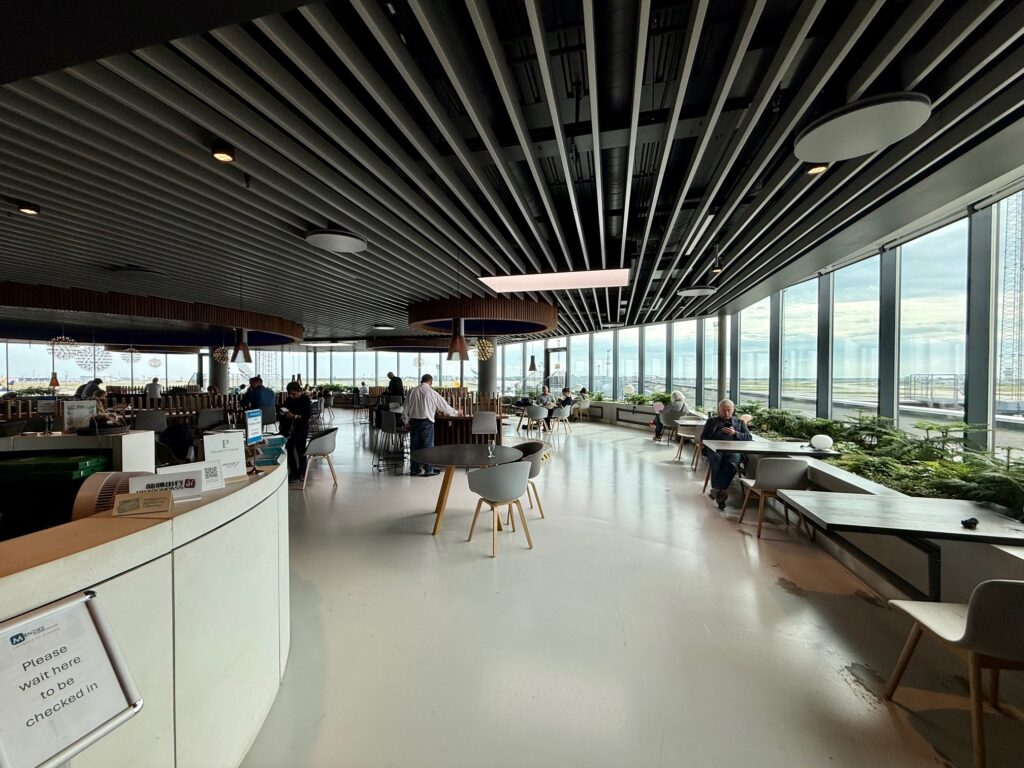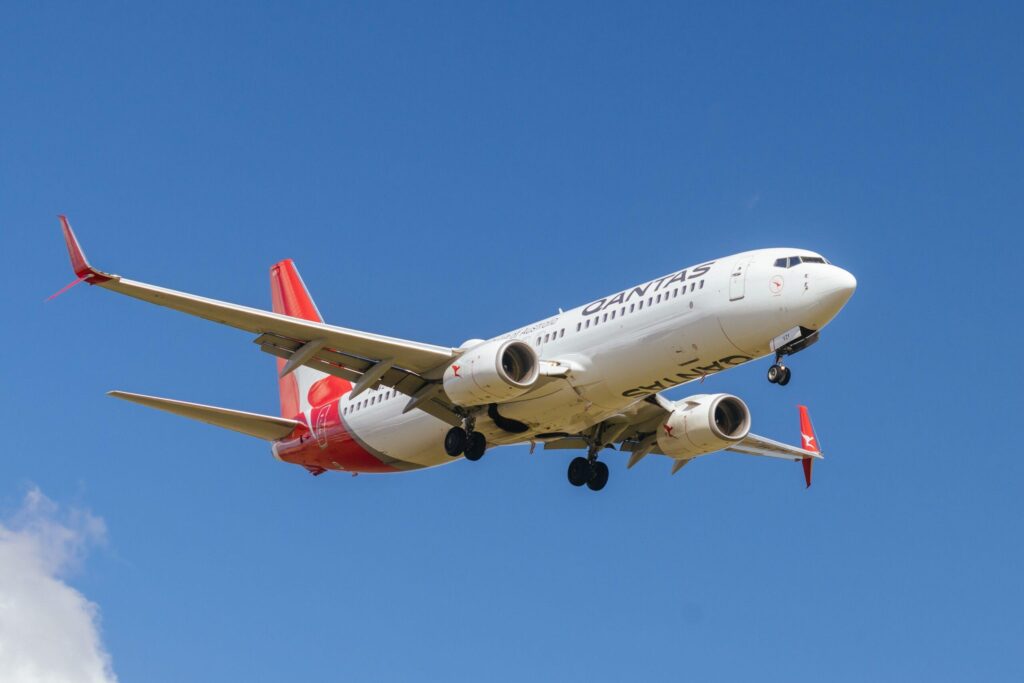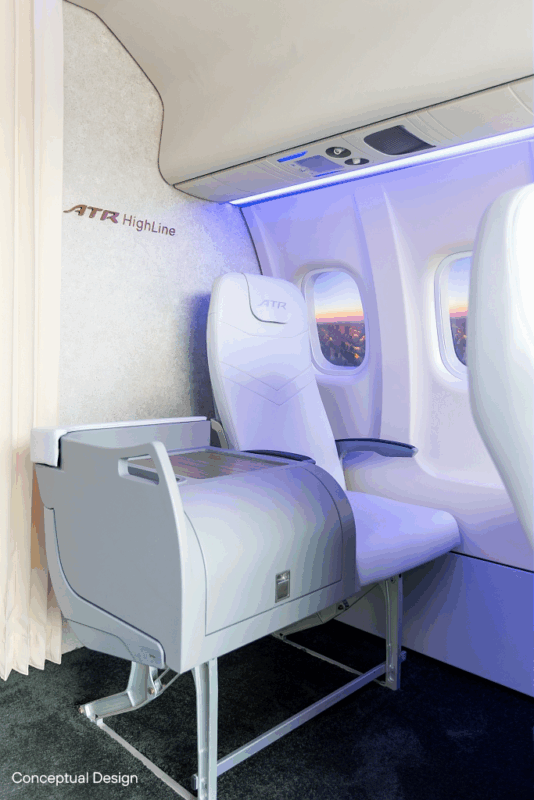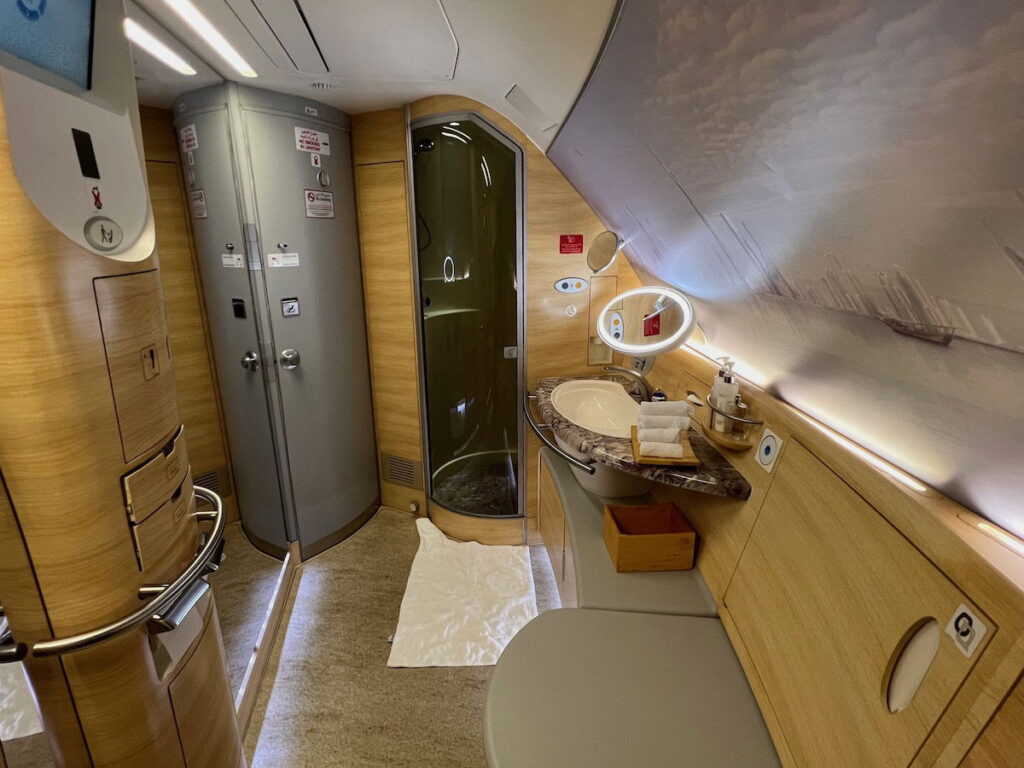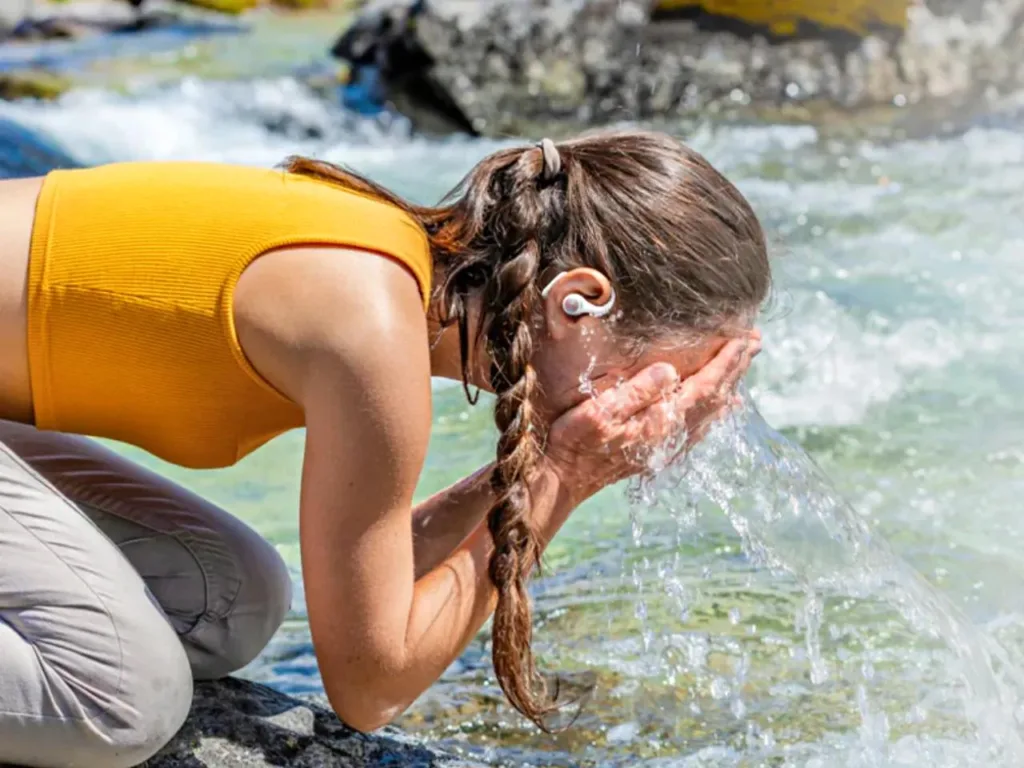
Surprising Facts About Cruise Lifeboats You Need to Know
I’ve always been intrigued by the layers of preparation that go into making travel both thrilling and remarkably safe. As someone who has ventured beyond the usual frequent flyer routes, I’ve discovered that exploring the oceans introduces a whole new dimension of security measures. Few are as vital—or as fascinating—as lifeboats. Modern cruise lines spare no effort in ensuring every voyage runs smoothly, yet the quiet presence of these rescue craft confirms there’s a solid plan in place should anything unexpected arise.
Why Cruise Lifeboats Matter
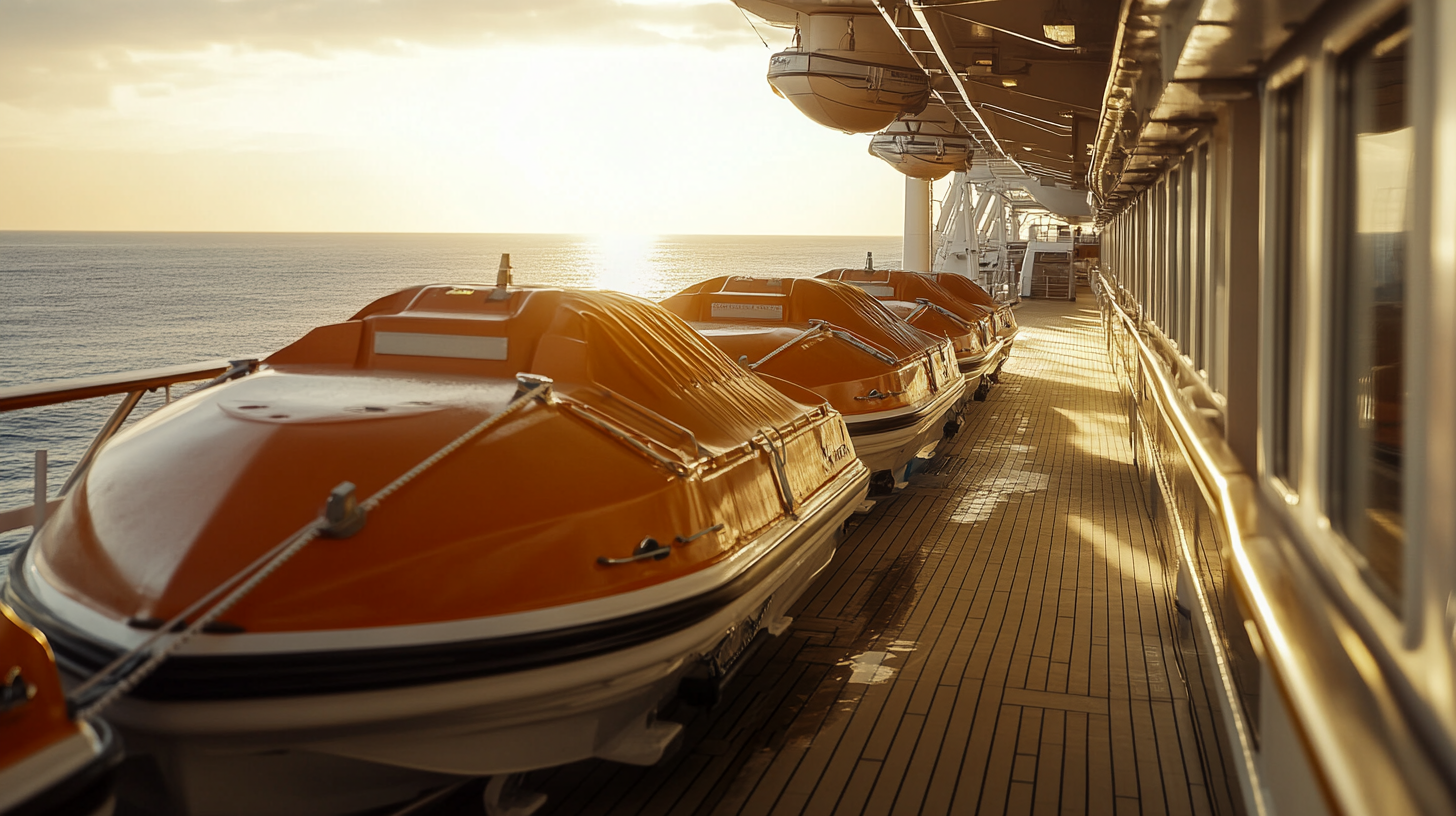
Cruise ships have come a long way since the days of the Titanic, when a shortage of lifeboats led to devastating losses. Today, I’ve observed firsthand how modern liners are equipped with advanced lifeboats and life rafts, capable of protecting all on board—even during sudden emergencies. Passengers who are used to zipping through airport terminals might find it surprising to see the extensive safety protocols in maritime travel.
In my experience, those bright orange or yellow capsules you see along the ship’s sides aren’t just there for show. According to a 2024 industry briefing by the International Maritime Organization (IMO), new materials and standardized designs have pushed lifeboat safety requirements to new heights. These regulations ensure that each vessel has enough capacity not just for the total number of passengers, but for an additional 25%—making sure a lifeboat shortage never becomes an issue again.
When I chat with fellow travelers who are new to cruising, I like to remind them that these vessels are thoroughly inspected and must meet strict international standards. Additionally, cruise lines often run internal tests to verify the quick deployment of lifeboats. The extra layers of regulation might seem intense, but they’re a testament to how serious the industry remains about its lifeboat capabilities.
Modern Lifeboat Requirements and Capacity
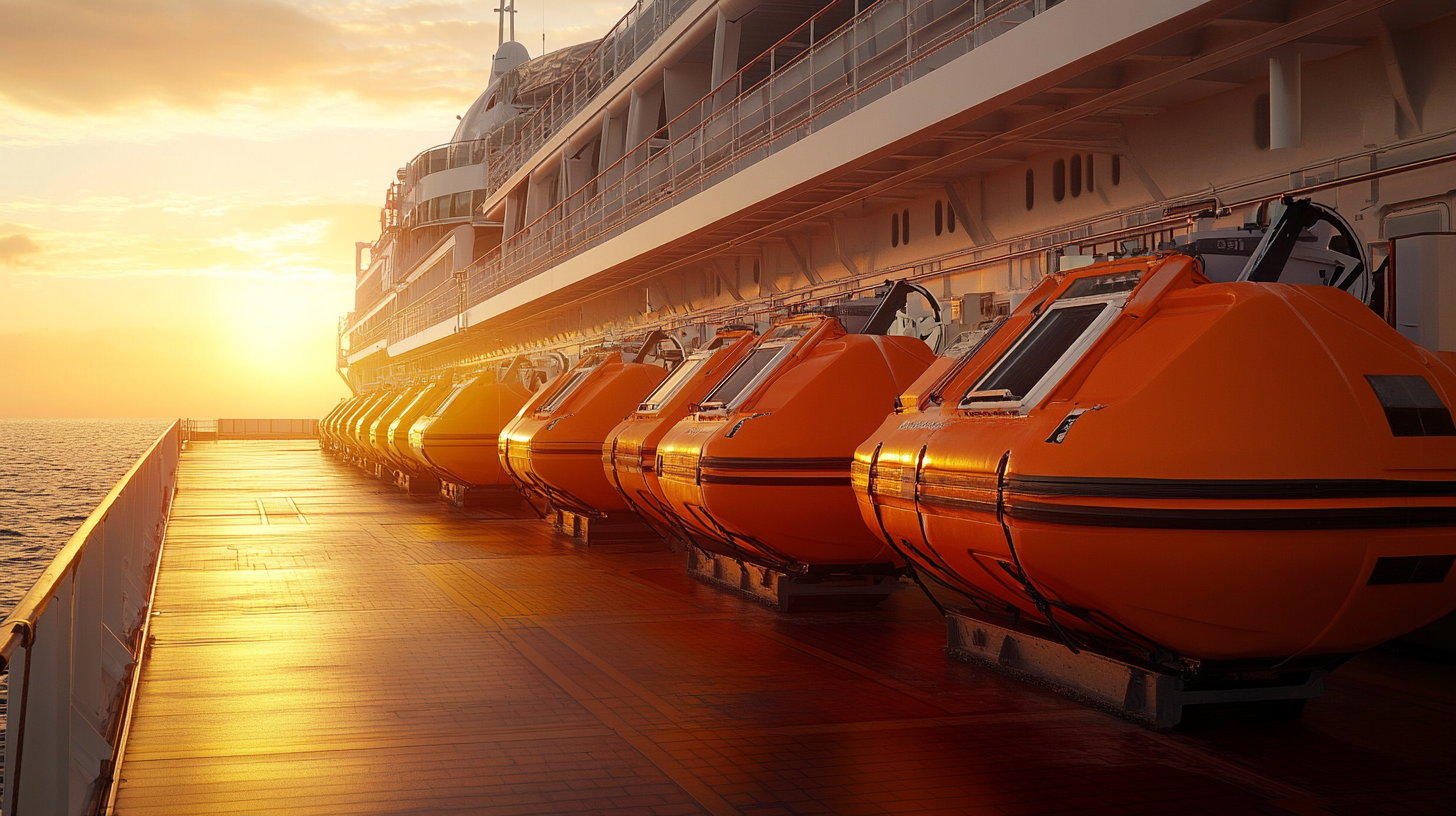
Strict rules set by the International Maritime Organization under the SOLAS (Safety of Life at Sea) convention dictate how many lifeboats a cruise ship must carry. I’ve discovered through my own research that major lines such as Royal Caribbean and Norwegian Cruise Line uphold these standards diligently. Ships like Royal Caribbean’s Oasis of the Seas may carry up to 18 lifeboats, each designed to hold more than 300 people. This method of stacking capacity addresses various crisis scenarios, including mechanical issues or inclement weather.
One fascinating detail I’ve learned is that lifeboat designs don’t just focus on capacity but also on speed of deployment. A recent study by the Global Cruise Safety Council found that modern lifeboat systems can deploy in under five minutes. Efficient launch systems, equipped with electric or hydraulic davits, can lower fully loaded lifeboats into the water quickly, which is critical in emergencies. Adding to this, the latest models have protective canopies, fire-retardant materials, and built-in engines to power away from any dangers near the ship.
I’ve talked with seasoned crew members who stress the significance of these safety features. Whenever I’ve toured a vessel, I’ve noticed how lifeboat stations are clearly marked, and muster drills provide passengers with step-by-step guidance on what to do if an evacuation call is made. This combination of equipment and training enhances onboard confidence and ultimately gives everyone peace of mind.
The Evolution of Lifeboats from Titanic to Today
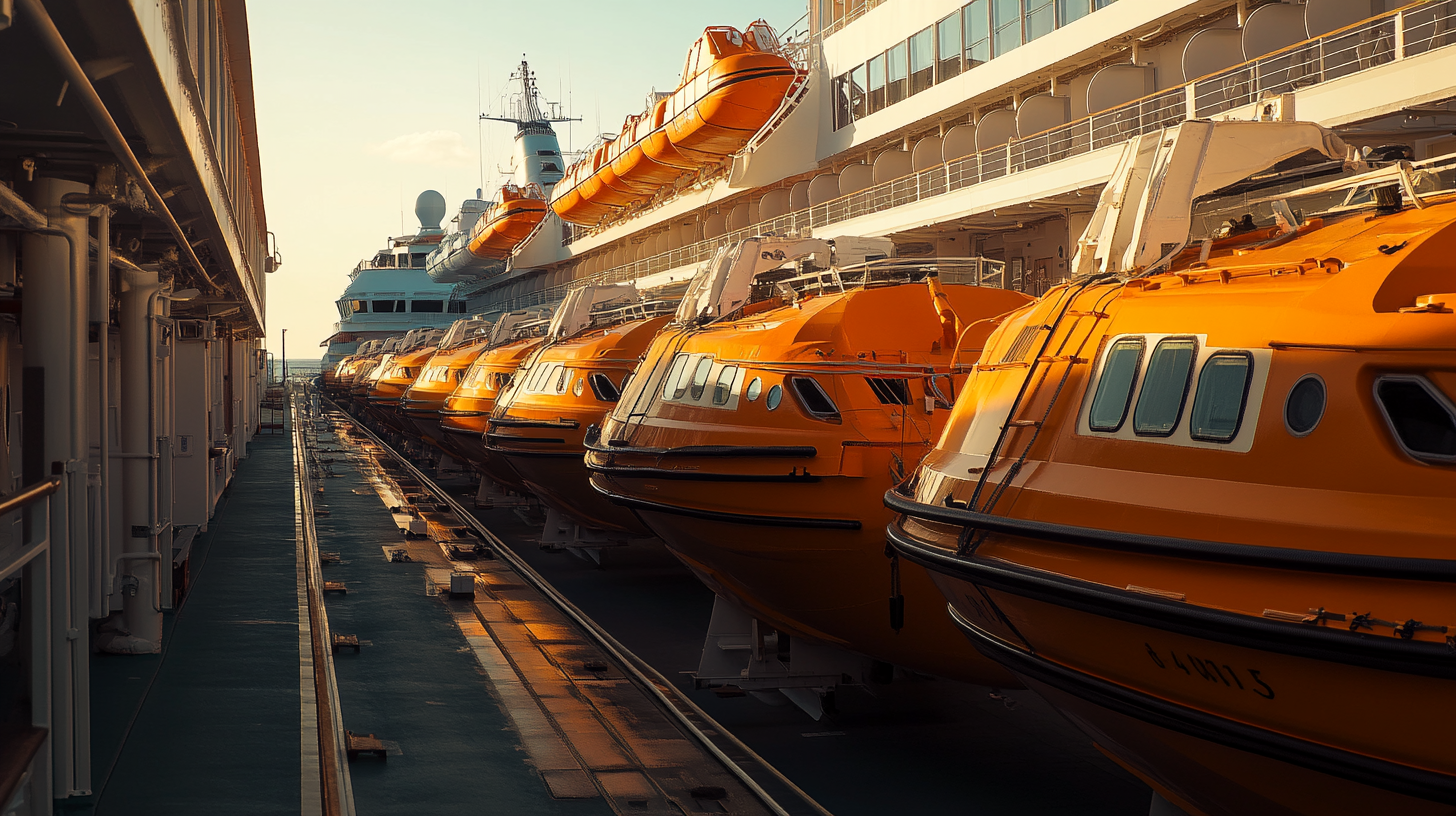
It’s impossible to discuss modern maritime safety without reflecting on the Titanic’s legacy. In 1912, Titanic had only 20 lifeboats—enough for only half its guests. That infamous shortfall resulted in around 1,500 tragic deaths. Over the decades, I’ve followed the sweeping reforms enforced by maritime authorities, insisting on flame-resistant construction and advanced launching mechanisms. Nowadays, vessels must carry lifesaving apparatus for 125% of a ship’s capacity, marking a stark contrast to bygone eras.
From the practical standpoint of a curious traveler, I’m fascinated by how technology has shaped these changes. Lifeboats used to be rustic wooden boats relying on oars. Now, you’ll find motorized, enclosed capsules that can handle adverse weather conditions, stay afloat for extended periods, and shield passengers from heat and flames. A 2023 report on ship safety advancements credits improved radio communication and GPS technologies for enabling better rescue coordination, reducing the response time should an emergency occur far out at sea.
One crucial takeaway is how these decades of innovation have made cruising one of the safest modes of travel in 2025. When I speak to engineers and crew who have worked on new-generation cruise lines, they often share stories of intense safety audits and continuous design improvements. It’s amazing how far we’ve come—and reassuring to know what’s in place before setting sail.
A Peek Inside Virgin Voyages‘ Lifeboat
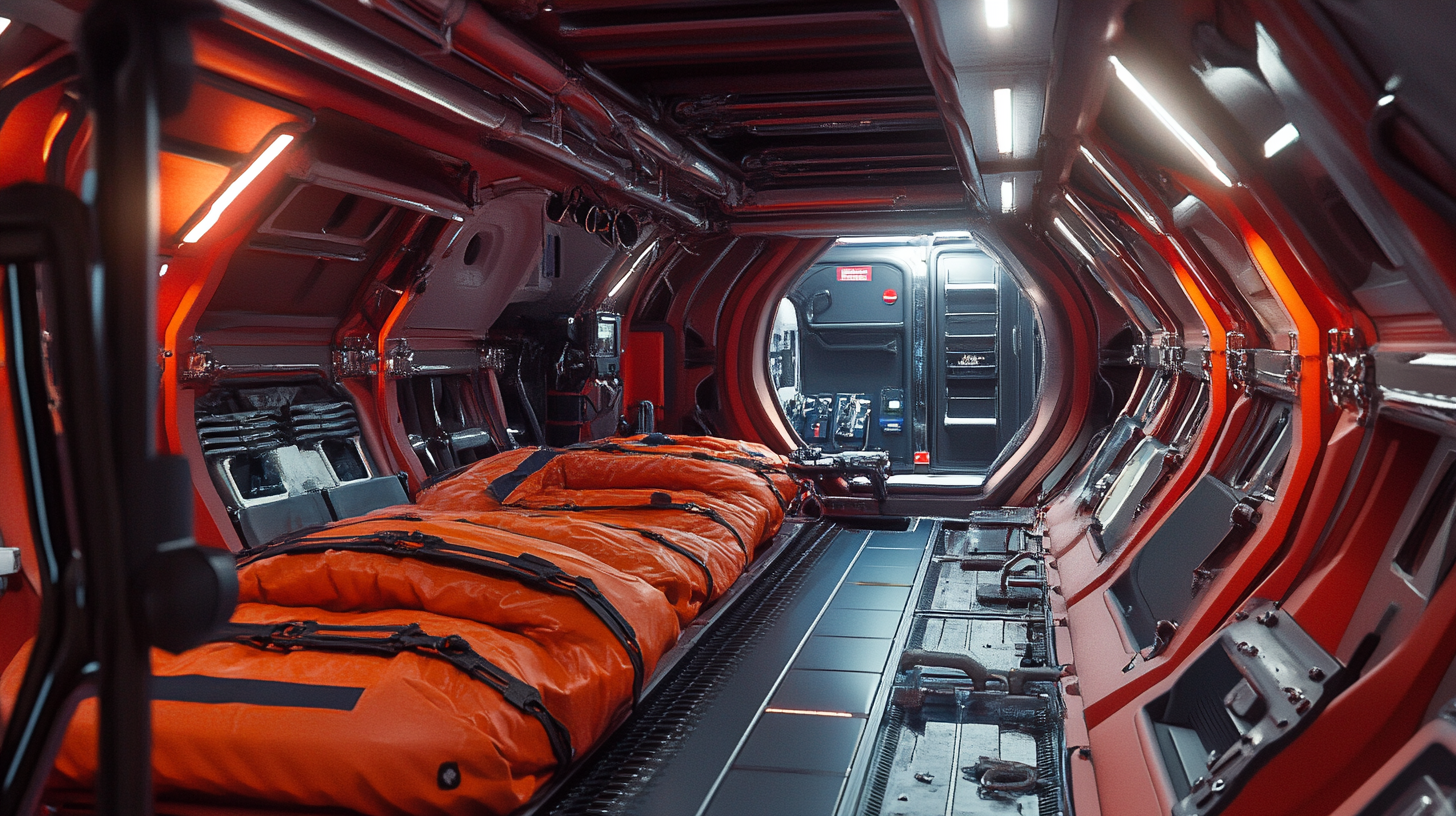
After watching a detailed lifeboat tour video of Virgin Voyages’ Valiant Lady, I dove deeper into the specifics. Each lifeboat there stores an assortment of emergency provisions: water packets, energy-dense biscuits, and communication devices like handheld radios. According to Lucy from TheCruisingAsCrew, she also highlighted the layered seating, which accommodates more than 300 passengers plus additional crew members who remain close at hand.
The inside story becomes even more interesting with the design details. As I’ve explored from my own vantage point, these lifeboats are built for both speed and endurance. I’ve read about their thick hull construction, designed to withstand rough seas. Protective canopies keep passengers safe from the elements, while built-in engines ensure they can maneuver away from the ship quickly. By taking lessons from events such as the Costa Concordia accident in 2012, Virgin Voyages and other lines have created lifeboats that aim to keep everyone as safe and comfortable as possible until rescued.
Another noteworthy aspect is the emphasis on calm, orderly evacuation. Cruise lines factor in not just raw capacity but also how easily people can board and remain secure during the process. This meticulous organization, along with the presence of trained crew, reflects the intense care that goes into preparing for scenarios no one hopes to face. In my view, it’s a testament to how safety has become a top priority in modern cruise travel.
Drills, Life Rafts, and Redundancies
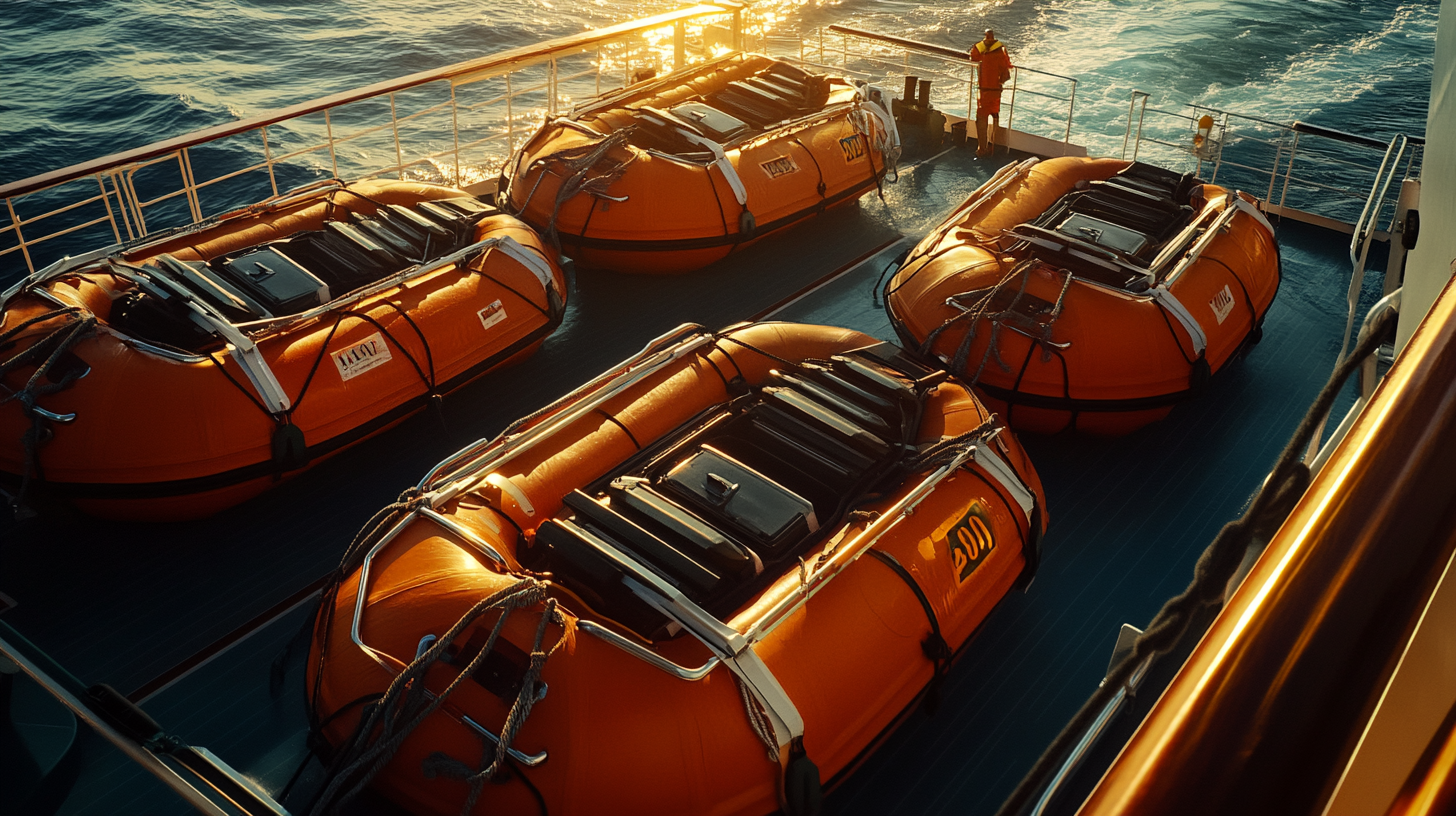
In every drill I’ve observed at sea, passengers and crew gather at assigned muster stations, where a quick headcount and safety briefing takes place. Cruise ships conduct these drills routinely, highlighting how passengers should retrieve life jackets and proceed to the lifeboats if the announcement goes out. While the drills can feel repetitive, I’ve noticed how they instill confidence and a sense of readiness.
Beyond the lifeboats themselves, inflatable life rafts provide extra capacity. They’re positioned to launch automatically if the primary lifeboats become overcrowded, offering an added layer of backup in fast-moving or complex emergencies. Some crew members have shared stories about real-life experiences when these rafts were used in rough seas, underscoring just how critical they can be in a pinch. These redundancies aim to eliminate the pitfalls of the past, so travelers like us can embark with peace of mind.
According to data from the Cruise Lines International Association, nearly 30 million passengers sailed on cruise ships worldwide in 2024, and they reaffirm that modern safety measures continue to maintain a remarkably low incident rate. This level of preparedness stands in sharp contrast to earlier decades and highlights the industry’s unwavering commitment to passenger well-being.
Final Thoughts
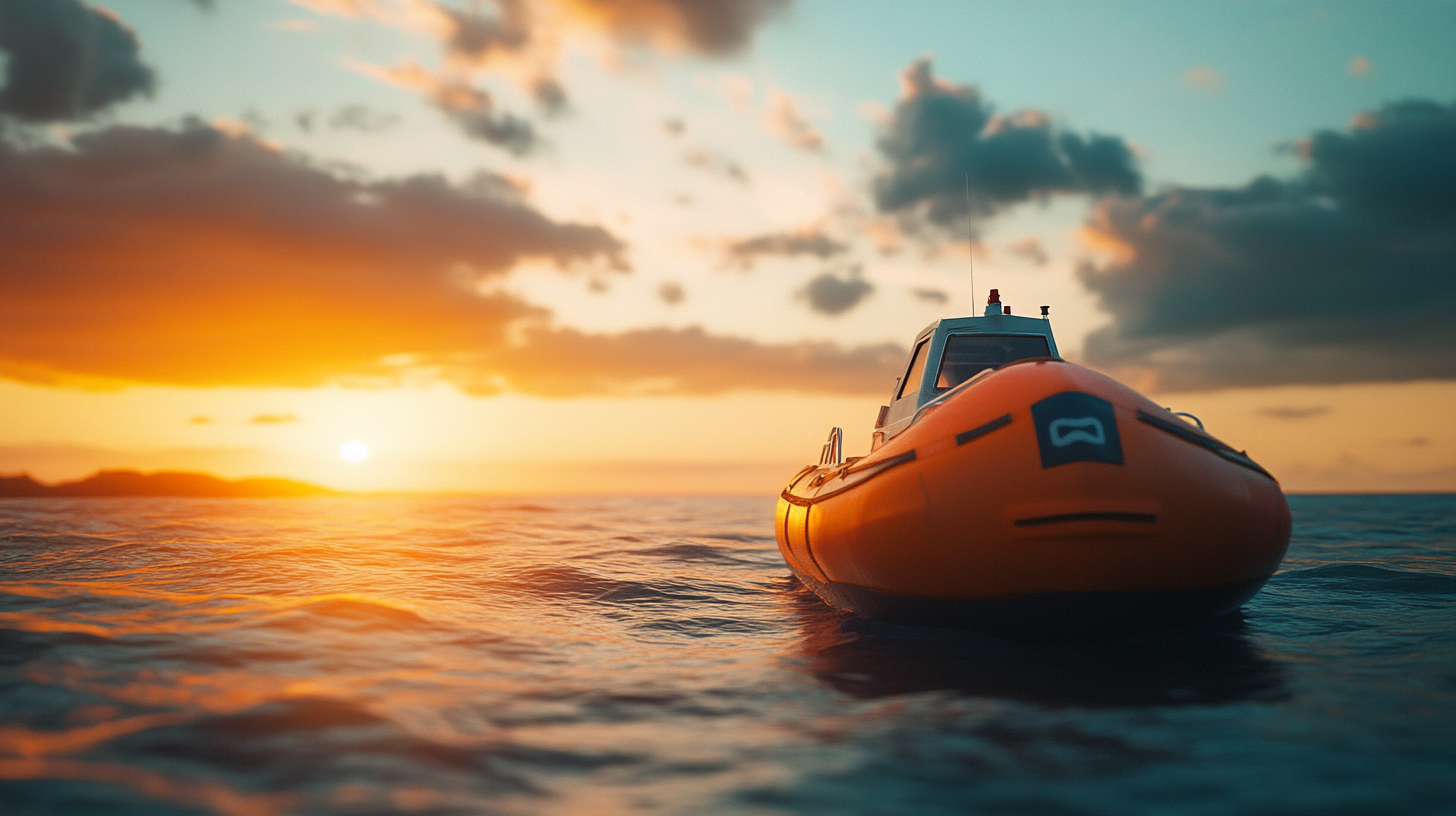
Cruise lifeboats remain an indispensable part of maritime journeys, acting as the crucial safety net behind every itinerary. Even if the concept of an evacuation feels distant or unlikely, the existence of these well-planned rescue systems fosters a sense of security and readiness. Whenever I talk with frequent flyers who are considering their first cruise, I remind them that these ships are designed with serious forethought, from hull shape to lifeboat capacity, to safeguard every individual on board.
It’s clear in 2025 that cruising is no longer an uncharted territory for safety measures; rather, it’s a leading example of how technology and regulatory oversight can blend to protect travelers. When you notice those rows of bright rescue vessels perched along the decks, you can rest assured the cruise industry has learned years of lessons and invested heavily so everyone can embark with confidence.
Brad Lightall’s Take
If there’s one thing I’ve learned, it’s that proper planning separates a hassle-free retreat from a harrowing experience. When I see a well-maintained lifeboat, I’m reminded of the countless hours of research and design poured into preventing another Titanic-scale disaster. These are not just backup plans but symbols of how far we’ve come in bridging adventure with peace of mind.
By treating lifeboats like scientific marvels rather than mere onboard fixtures, we can appreciate the fusion of technology and preparedness. It’s reassuring to know that—beneath the smooth staterooms, gourmet buffets, and sweeping ocean views—there’s a solid infrastructure devoted to everyone’s safety.
BoardingArea is the place to stay informed on all things travel.
- If you’re curious about how modern cruise ships surpass historical giants, you’ll want to check out 5 Surprising Ways Icon of the Seas Outshines the Titanic for some fascinating insights.
- For frequent flyers looking to set sail, Virgin Voyages’ Scarlet Lady: A Fresh Cruise Experience for Frequent Flyers offers a unique perspective on a new cruise experience that might just surprise you.
- Dive into the vibrant atmosphere of cruise life by exploring Discover The Exciting World Of Cruise Lido Decks, and see why the lido deck is a must-visit spot on any voyage.
- Planning a family cruise? Best Cruise Ships for Kids: A Comprehensive Guide to Family-Friendly Cruising has everything you need to know about the best ships for kids to ensure a fun-filled adventure for all ages.
- Experience the magic of the seas with Disney Magic: A Frequent Flyer’s Delight at Sea, where frequent flyers can find delight and excitement onboard this enchanting ship.



